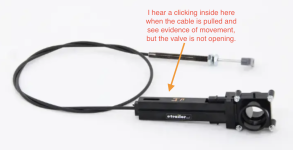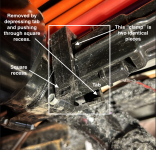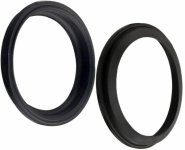Good Day Everyone,
I have a 2021 390MP. The kitchen sink is not draining. My son and I spent a couple of hours last night trying to fix it. Here is what we have tried:
Any suggestions/ideas would be appreciated. Thank you everyone.
I have a 2021 390MP. The kitchen sink is not draining. My son and I spent a couple of hours last night trying to fix it. Here is what we have tried:
- Snaked sink several times.
- Snaked through bathroom sink.
- Snaked through shower. In this I did get some hair out but the shower was never the issue.
- Based on some info we found online we checked the roof vents. There are three. The furthest aft vent which comes out slightly forward and left of the middle AC unit looked like it had water way down in it - we could see the reflection and movement of the water when we used a flashlight.
Any suggestions/ideas would be appreciated. Thank you everyone.








